
Class 9 Placarding Requirements
When it comes to shipping dangerous goods, understanding placarding requirements is crucial for compliance. A common question I receive from clients involves placarding requirements when a company operates in both the United States and Canada. Differences in regulations often lead to debates, particularly regarding Class 9 miscellaneous dangerous goods.
Placarding in the United States
In the United States, Class 9 placards are not required for domestic shipments unless the product is transported in bulk packaging, as specified in 49 CFR 172.504(f). In such cases, the placard must be displayed along with the UN number.
Placarding in Canada
In Canada, placarding is required for any consignment of Class 9 miscellaneous dangerous goods if the total gross weight of small packages exceeds 500 kilograms. The only exemption from placarding applies to shipments below this threshold. However, similar to the United States, large packaging or bulk packaging in Canada requires a placard and the UN number regardless of gross weight. For further details, I strongly recommend reviewing Section 4.16.1 of the Transportation of Dangerous Goods (TDG) Regulations.
Real-World Example
One of our clients recently faced a delay in their shipment because they weren’t aware of the placarding requirements in Canada for shipments over 500 kilograms. Fortunately, they reached out to us, and we quickly helped them resolve the issue, avoiding costly delays. This is a perfect example of how having a reliable partner can help you navigate complex regulations with ease.
How ICC Compliance Center Can Help
Do you have questions related to your consignments or regarding U.S. and Canadian regulations? As a client of ICC Compliance Center, you have access to our Regulatory Help Desk. Available Monday to Friday from 9:00 AM to 5:00 PM, our team of experts are just a call away at 855.734.5469 or send us an email, we’re happy to help.
Download and print our handy Placarding Infographic for your team.
In Conclusion
Navigating placarding requirements can be tricky, but staying informed and working with experts can help keep your shipments on track. If you have any questions or need guidance, don’t hesitate to contact us. We are here to ensure that your business operates smoothly and safely.
Stay up to date and sign up for our newsletter!
We have all the products, services and training you need to ensure your staff is properly trained and informed.
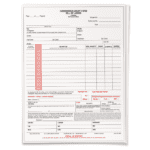 Documentation Documentation |
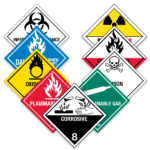 Placards Placards |
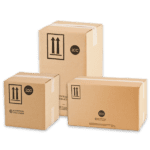 4GV UN Variation Boxes |


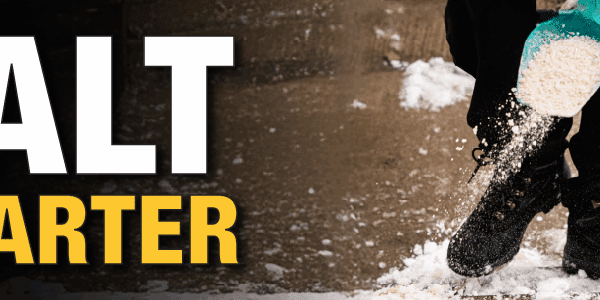
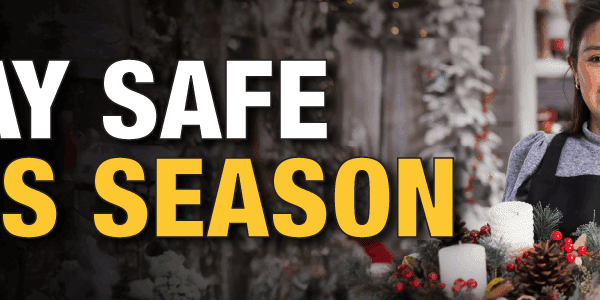


 ICC USA
ICC USA ICC Canada
ICC Canada